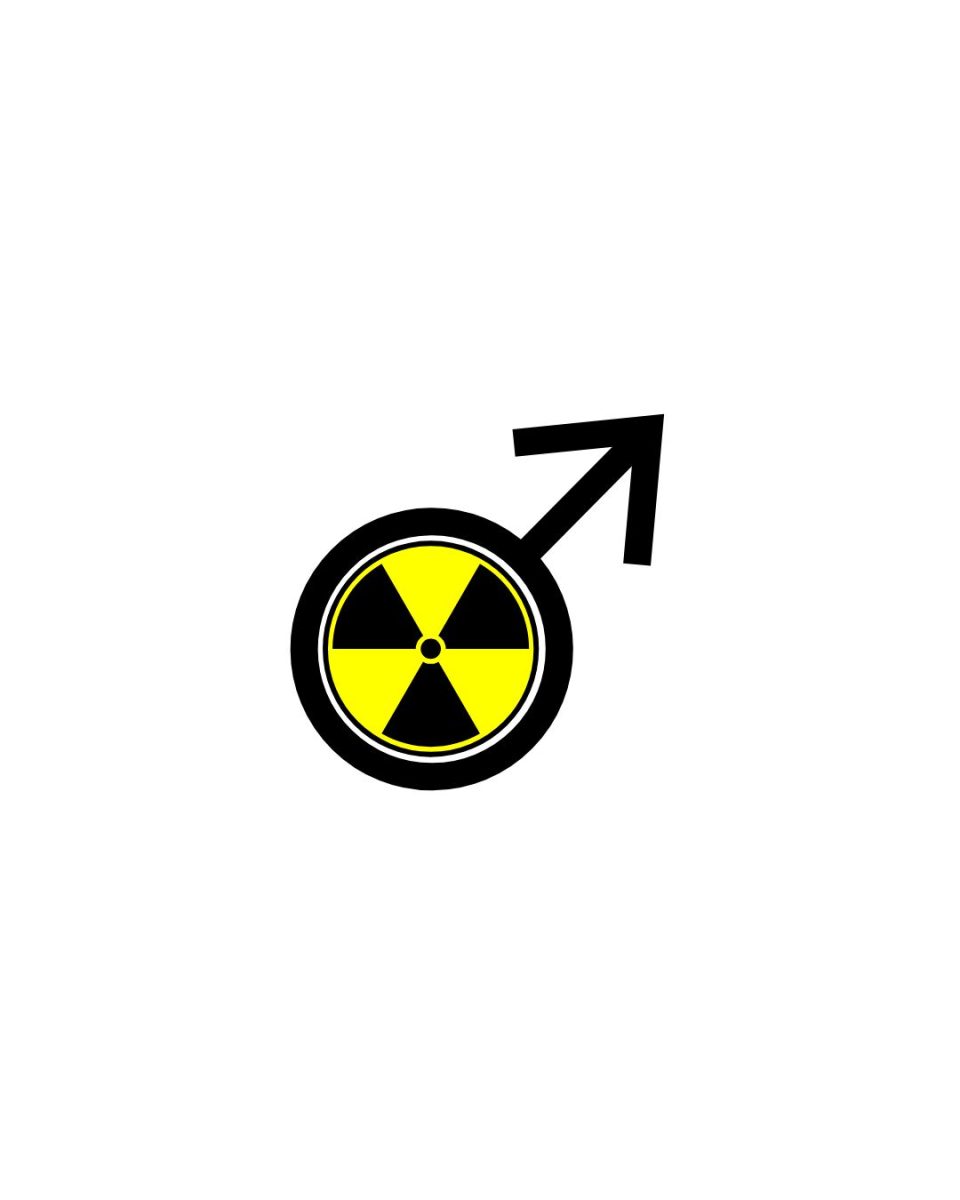At Wednesday’s Law and Justice Panel Series: The Heroin Epidemic, students and Rowan faculty got to hear statistics about heroin and other opioids, both legal and illegal. They also heard a firsthand account from a mother with a son who is struggling with a heroin addiction.
Dr. Jennifer Caudle, a family physician and television health expert, explained how legal opioids can lead to an addiction of illegal opioids, including heroin. Heroin used to be legal in America during the 1900s. These prescription opioids became viewed as a “great” drug by the Worldwide Health Organization and were prescribed for non-severe and chronic pain. Since the number of prescriptions being written and the number of addicts spiked so drastically, the Center for Disease Control (CDC) released prescribing procedures. It became only allowable to prescribe opioids for patients suffering from cancer, after surgeries, for end of life care or after a severe accident. Doctors are also urged to use other medicines instead of opioids when they can.
Caudle stressed how percocets and other prescription opioids are similar to heroin. The only difference is that heroin is illegal and the other drugs are legal. She also noted how prescription opioid users are at a higher risk for becoming heroin addicts.
While the issue is complex, Caudle said that this growing issue should be a wake up call for people to take a step back and look around at what is happening.

Mary Lou Toewe, the mother of a heroin addict, shared a heart wrenching story about the struggle of watching a loved one battle addiction. Toewe talked about how her son had participated in many rehab treatments but would still relapse. She talked about how her son is now in jail and is awaiting trial following two DUIs he received while under the influences of heroin. No matter how long someone is in recovery for, there is no cure for addiction.
“There is no post-addiction to heroin,” Toewe said. “[They’re] always an addict, and hopefully they hold their own. Like cancer it can go into remission, but it will always be there.”
Following Towne’s personal testimonial was Dr. Jerry Stahler, a professor in the Department of Geography and Urban Studies at Temple University.
Stahler commented on how the crisis is partially attributed to the increase of prescriptions and availability of opioids. Both Caudle and Stahler gave alarming facts about this heroin epidemic, including that on average, between 76 to 91 Americans die every day to heroin overdoses. Also that drug overdoses are the top cause of deaths among Americans under the age of 50.
“Addiction changes the brain circuits,” Stahler said. “The brain makes memories and remembers the people, places, things associated with the drugs… [They] start to experience craving which makes you want to use the drug more.”
Stahler also commented how the drug makes the control part of the brain not work as well, and increases the drive part, making users think, “I need this to survive.”
“You aren’t going to solve the problem, but maybe we can litigate it,” Stahler said.
Lindsay Johnson, a clinician at the Wellness Center concluded the panel by informing students about services offered pertaining to help for addicts, as well as support groups for those who have loved ones who are struggling.
For comments/questions about this story, email [email protected] or tweet @TheWhitOnline.























































































































































!["Working with [Dr. Lynch] is always a learning experience for me. She is a treasure,” said Thomas. - Staff Writer / Kacie Scibilia](https://thewhitonline.com/wp-content/uploads/2025/04/choir-1-1200x694.jpg)











































